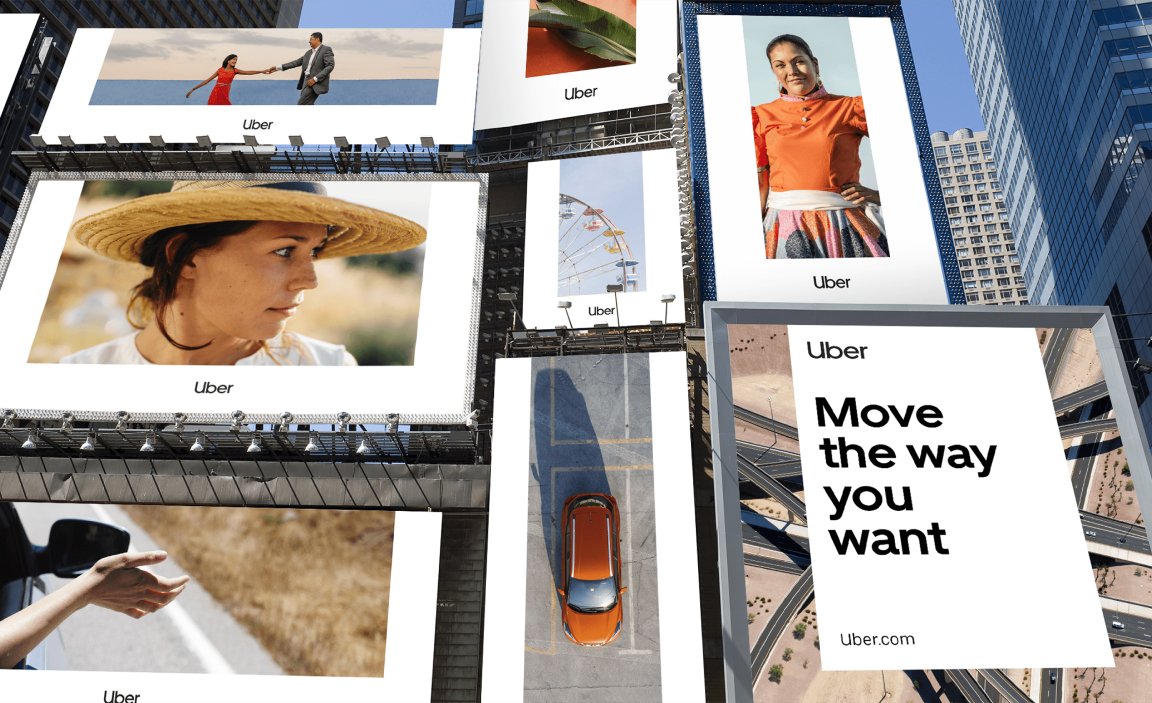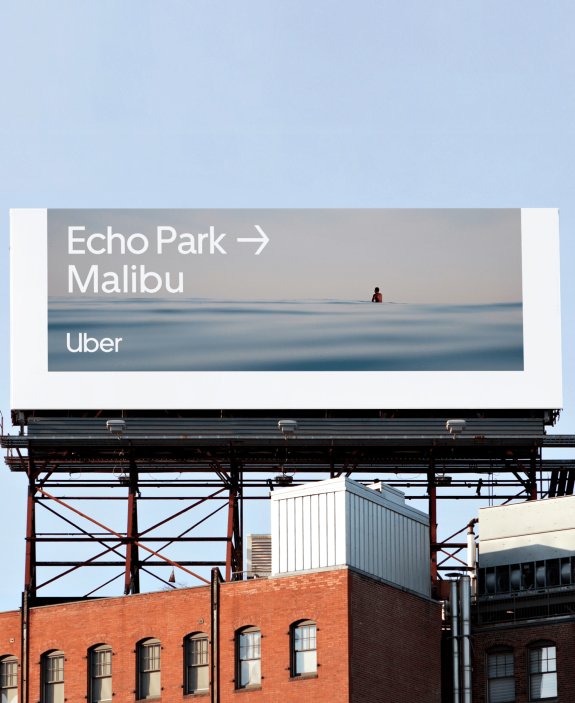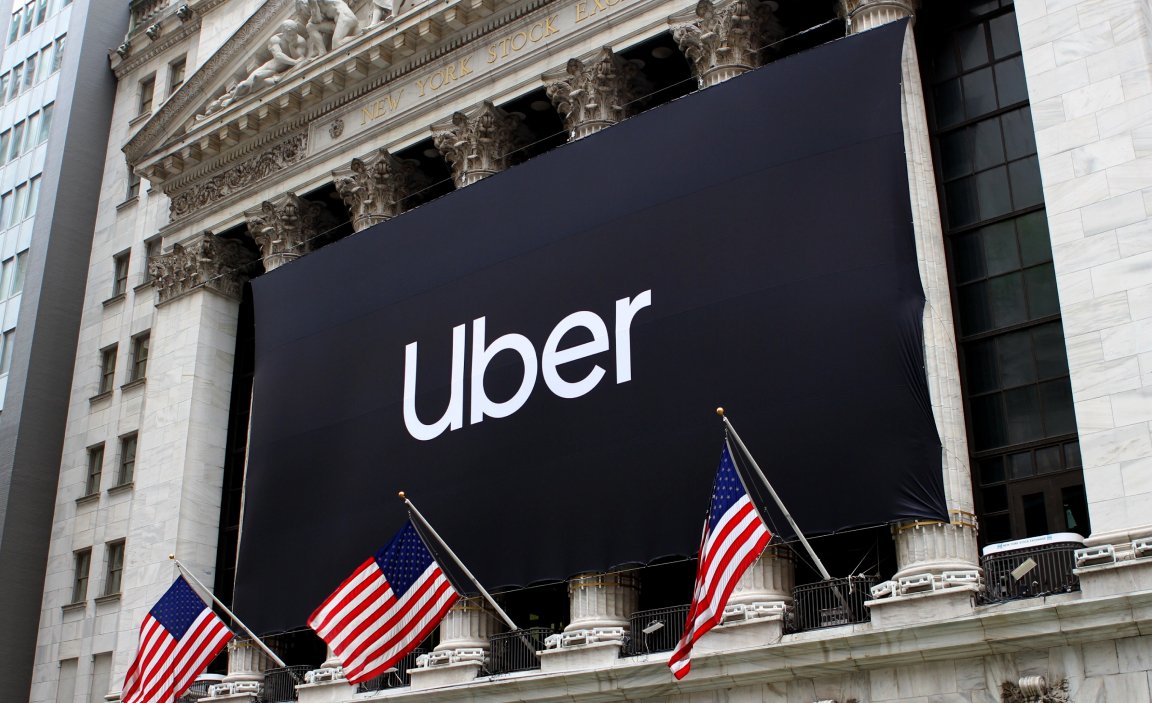It’s 2018, and Uber is preparing for their IPO the following year. Things are changing, and changing fast. Uber had a new CEO, new senior leadership, and were now operating in 650+ cities globally, with a wildly diverse fleet of vehicles ranging from cars to bikes to tuk-tuks — even helicopters and “flying cars”.
Uber felt that the business had outgrown the brand, and it was the right moment for the brand to evolve. So they introduced a refreshed brand identity in collaboration with Wolff Olins, the global brand consultancy agency, to help shift Uber from a simple rideshare app to a platform for global mobility — “from a narrow Silicon Valley perspective to a truly global outlook, and from being focused on growth to being focused on people”.


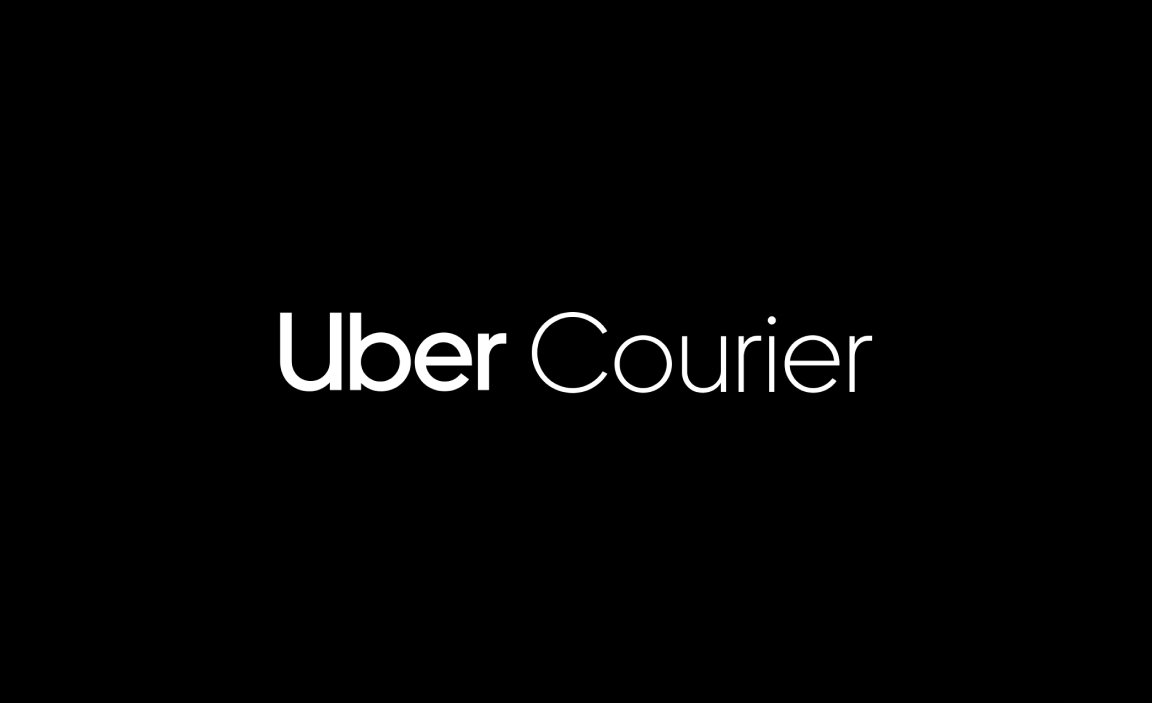
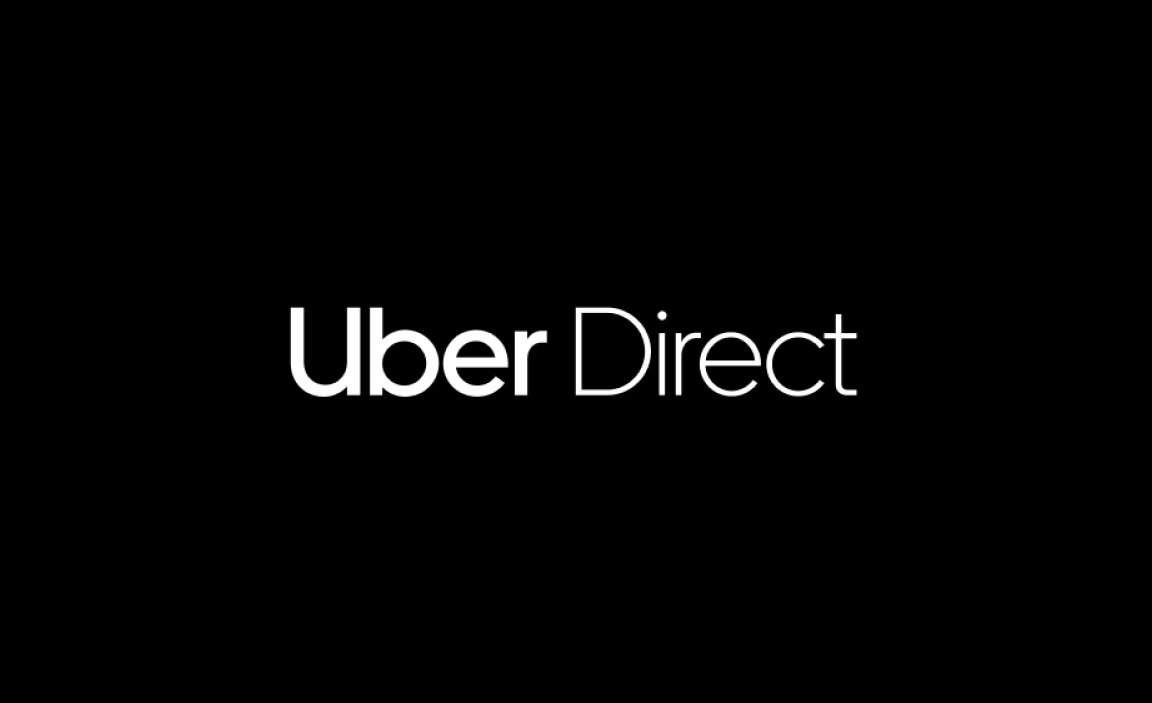

Visual Identity
The evolved Uber brand needed to work around the world. By engaging the organization at scale and taking an iterative approach with global teams, Wolff Olins worked with Uber to create a brand that was flexible and impactful, while still maintaining consistency across markets and audiences.
Wolff Olins redeveloped Uber’s brand position by establishing the concept of Uber as a ‘Global Mobility OS’ — a seamless, endlessly supportive platform that puts people, vehicles, and goods in motion around the world. This strategy enabled the business to expand their positioning and cement its strengths across a growing geographic footprint. It also inspired a hybrid brand architecture model that capitalizes on Uber’s role as the only resource where people can ‘go anywhere’ and ‘get anything.’
A narrative framework that is all too common these days and a complete contrast of the public’s perception of Uber’s previous brand, which was considered to be a ‘harsh, hostile, all-caps, hyper-masculine’ aesthetic. Fast Company’s Mark Wilson described the harsh impression the ‘old UBER’ left on customers:
The word UBER was a visual manspread, evoking the members-only corporate club from Uber’s roots as an on-demand black car service for Silicon Valley’s elite.
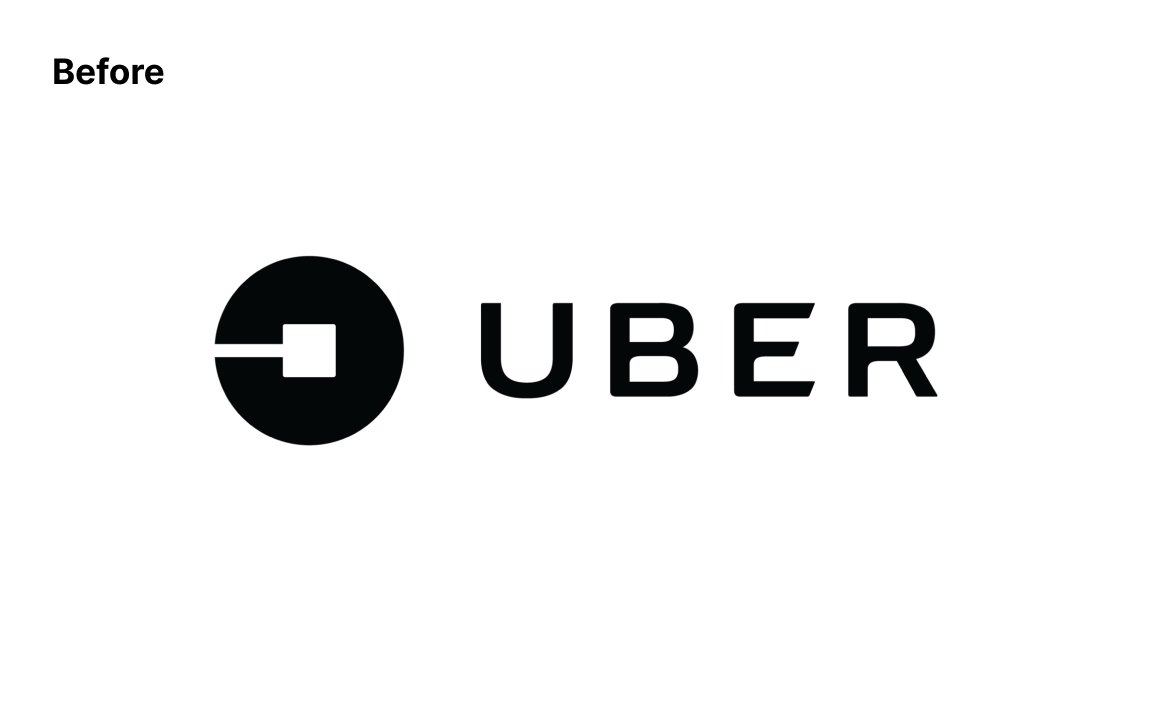
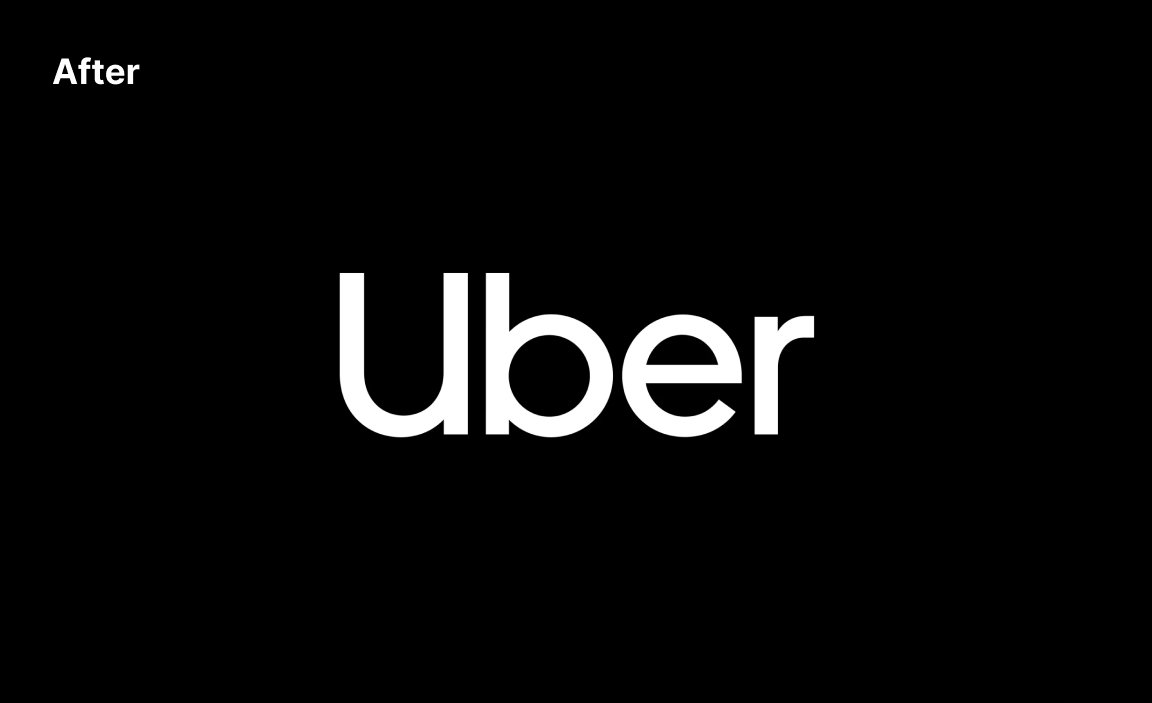
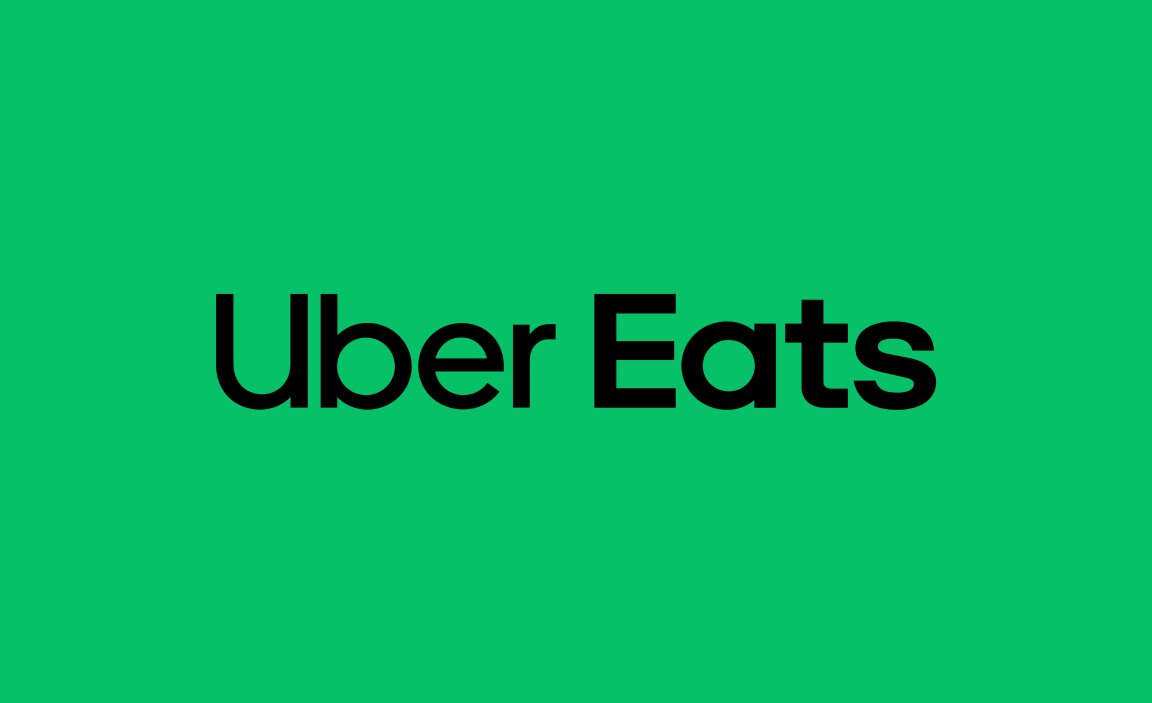
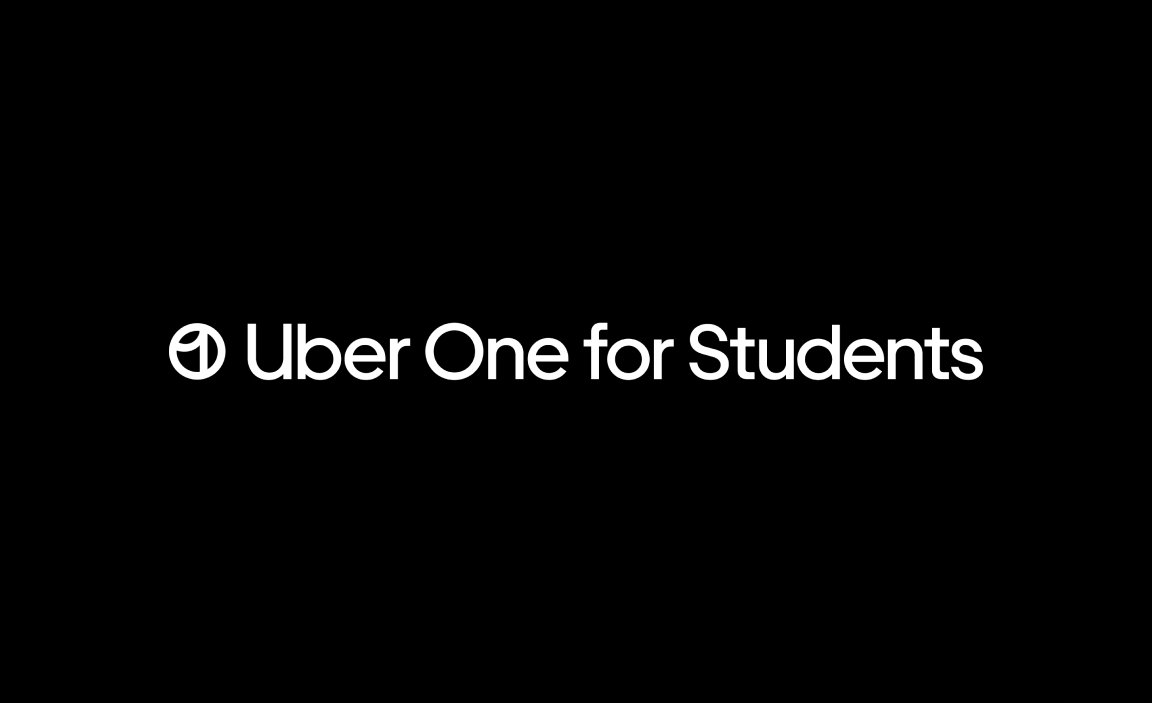
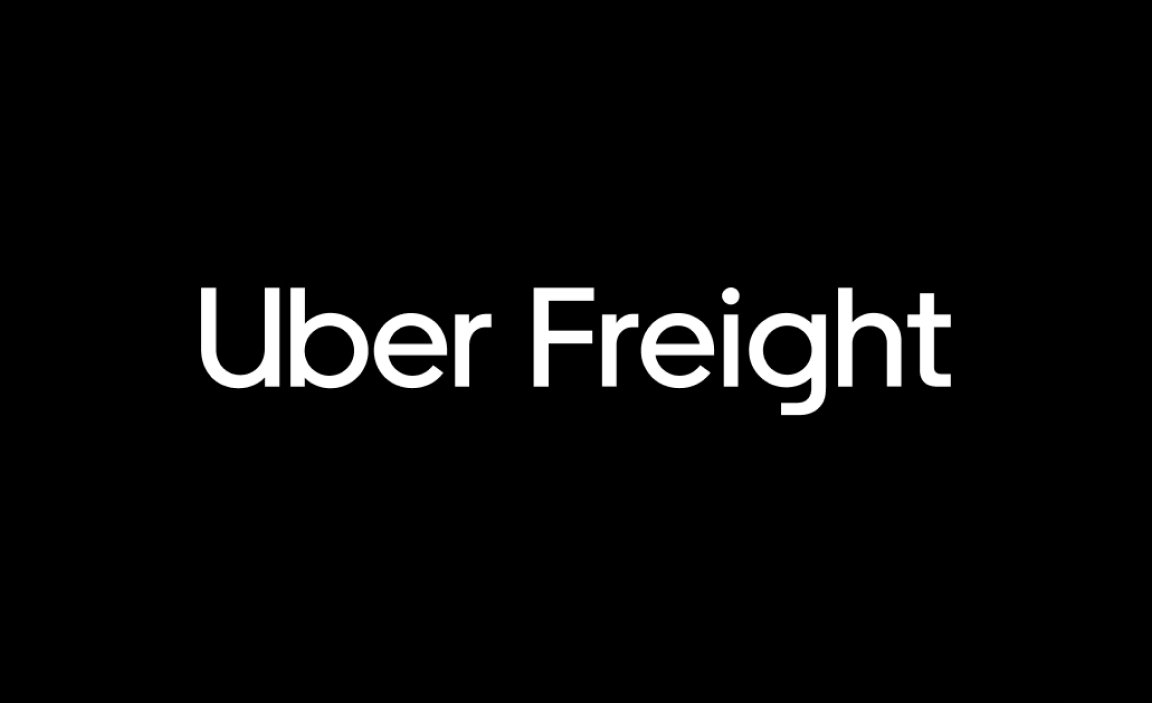
Design System
The next step was owning what it means to be a ‘Global Mobility OS.’ Uber needed a brand identity that was ‘beyond simple’ and could easily flex across its entire infrastructure. Wolff Olins worked with the Uber Brand Experience team, MCKL Type Foundry (founded by Jeremy Mickel), as well as product and marketing teams across five mega-regions globally to create a universal ‘beyond simple’ Uber brand. The brand identity was designed so that teams in diverse markets could tailor it to their audiences through imagery, patterns, and culturally specific content.
Key parts of Uber’s refreshed visual identity included a bespoke typeface, designed for legibility across 13+ languages; driver-centric stories told through a supportive ‘U-frame’ composition; and a Safety Blue addition to the color palette to indicate special moments of care and connection. In a now deleted case study Wolff-Olins summed up the design system like this:
The brand needed to work around the world. Its highest growth areas are in regions outside of the US, such as Latin America and India, where Wolff Olins has a considerable depth of experience. Instead of pursuing a complex identity system, localized through color and pattern, we moved towards a universal ‘beyond-simple’ global brand. Teams in diverse markets can make it relevant to their audiences with culturally specific content.

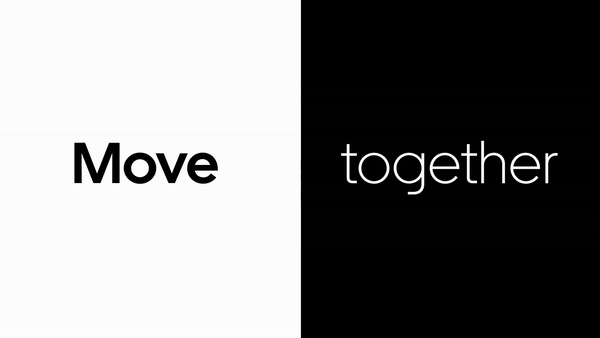



Uber IPO
“A new brand identity is only half the challenge. Implementing the new designs and strategy across 80+ countries is the real test,” said Dan Henessey, International Creative Director at Uber. “Wolff Olins partnered with us to deliver brand trainings and build a creative review process—not only to ensure brand consistency, but to elevate the final creative output to new heights.”
The new brand was launched in September 2018 alongside a new mission statement and a renewed commitment to safety. Following the launch, Uber’s brand went up 51% in value ahead of their initial IPO. In May 2019, Uber went public to be valued at more than $82 billion.

